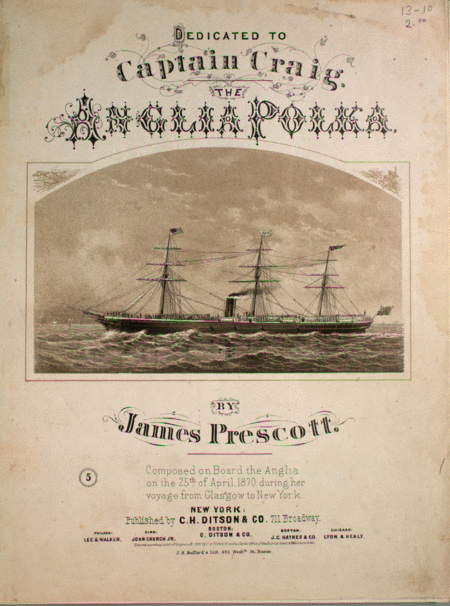Piano and voice - Digital Download SKU: LV.11997 Composed by Mme. L. de Lagoanere. Clipper ships, Lighthouses, Sailboats, Sailors, Danger, Courage, Heroes. Lester S. Levy Collection. 4 pages. Published by Johns Hopkins University Sheridan Libraries (LV.11997). Le Pilote. Strophes de Mr. Paul Timon-David. Musique de Mme. L. de Lagoanere. Published [n.d.] by E. et A. Girod, Editeurs, Boulevt., Montmartre 16m in Paris. Composition of strophic with piano and voice instrumentation. Subject headings for this piece include Clipper ships, Lighthouses, Sailboats, Sailors, Danger, Courage, Heroes. First line reads Beau navire jouet des lames Obscurement vastu perir.. About The Lester S. Levy CollectionThe Lester S. Levy Collection of Sheet Music consists of over 29,000 pieces of American popular music. Donated to Johns Hopkins University Sheridan Libraries, the collection's strength is its thorough documentation of nineteenth-century American through popular music. This sheet music has been provided by Project Gado, a San Francisco Bay Area startup whose mission is to digitize and share the world's visual history.WARNING: These titles are provided as historical documents. Language and concepts within reflect the opinions and values of the time and may be offensive to some.
